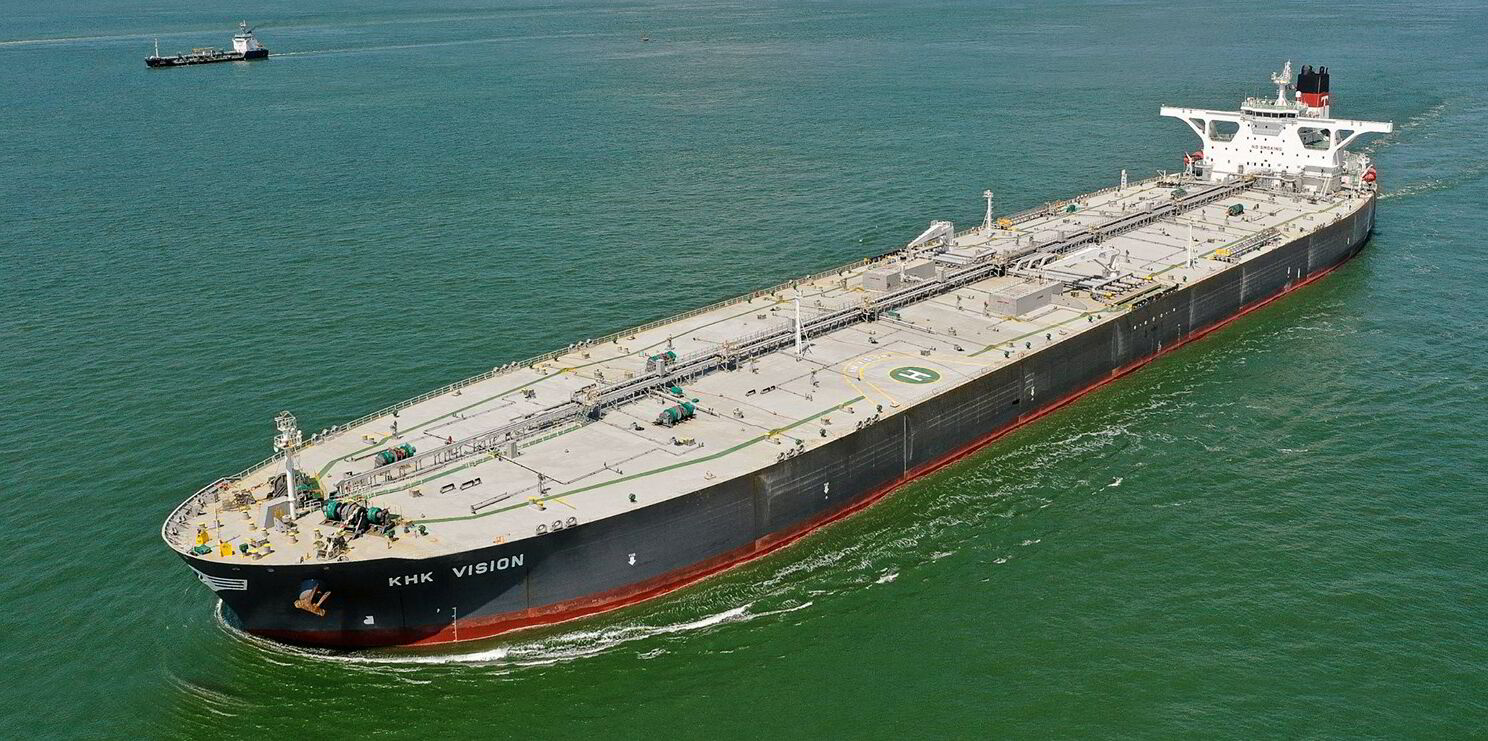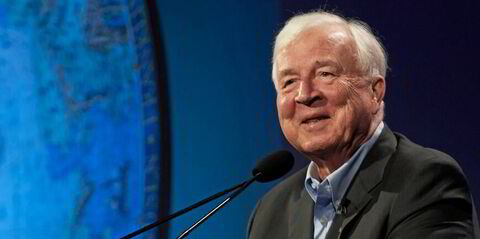One of the factors driving the surge in tanker ordering could be owners finding more value at shipyards than on the water.
Gibson Shipbrokers said newbuilding values have grown about 55% since late 2020, compared with as much as 165% for secondhand tonnage, with older tankers gaining the most.
“For some, newbuilds may also offer better value relative to secondhand tonnage, despite a delayed delivery,” the UK broker said.
Clarksons’ oil tanker newbuilding price index has risen steadily over the past two years, from 145 in October 2020 to 223 this month.
Its tanker five-year-old secondhand price index climbed from 120 to 199 in the same period.
Still, the biggest driver, according to Gibson, is the market shake-up driven by Russia’s invasion of Ukraine in 2022.
The war increased returns and tonne-miles while prompting the sale of many ageing tankers into the shadow fleet to move illicit oil.
But the broker admitted that those trades were skewing the orderbook numbers.
The combined LR2/aframax orderbook stood at 17.5% of the fleet and MRs at 17.2% — the highest figures in the sector — followed by suezmaxes (15%) and LR1s (13%), it said.
VLCC orders were at 9.7% of the global fleet and handysizes at 3.6%.
Significant portions of the existing fleet, including 35% in the case of VLCCs and even more for smaller tankers, are at least 15 years old, “suggesting that on balance the size of the modern, age-approved fleet is still likely to shrink over the next few years”, Gibsons said.
Complicating this is that 63% of all tankers above 25,000 dwt built in 2009 or earlier are involved in Russian, Iranian or Venezuelan trading, making them anathema to the mainstream tanker market.
“The trading lifespan of these vessels is undoubtedly longer than in the conventional market, but there is no clear indication of likely scrapping age,” Gibsons said.
“As such, it will be very challenging, if not impossible, to accurately assess the prospects for tanker demolition and evaluate it against the existing orderbook.”
It said ordering activity in 2023 reached the highest level since 2015, with 350 orders placed, and a further 340 this year.
The number tracks with figures published by SSY, which tabbed the third quarter as the hottest tanker newbuilding market in 18 years.
It said 187 tankers totalling 15.8m dwt were ordered for the three months ending on 30 September, the highest total since the first quarter of 2006.
The jump came as Chinese yards opened more space for tanker building.
Head of tanker research Claire Grierson told TradeWinds: “My assumption would be that some have ordered to renew their fleet, as we have an ageing tanker fleet, and possibly because the tanker market has experienced buoyant earnings over the past few years.”






